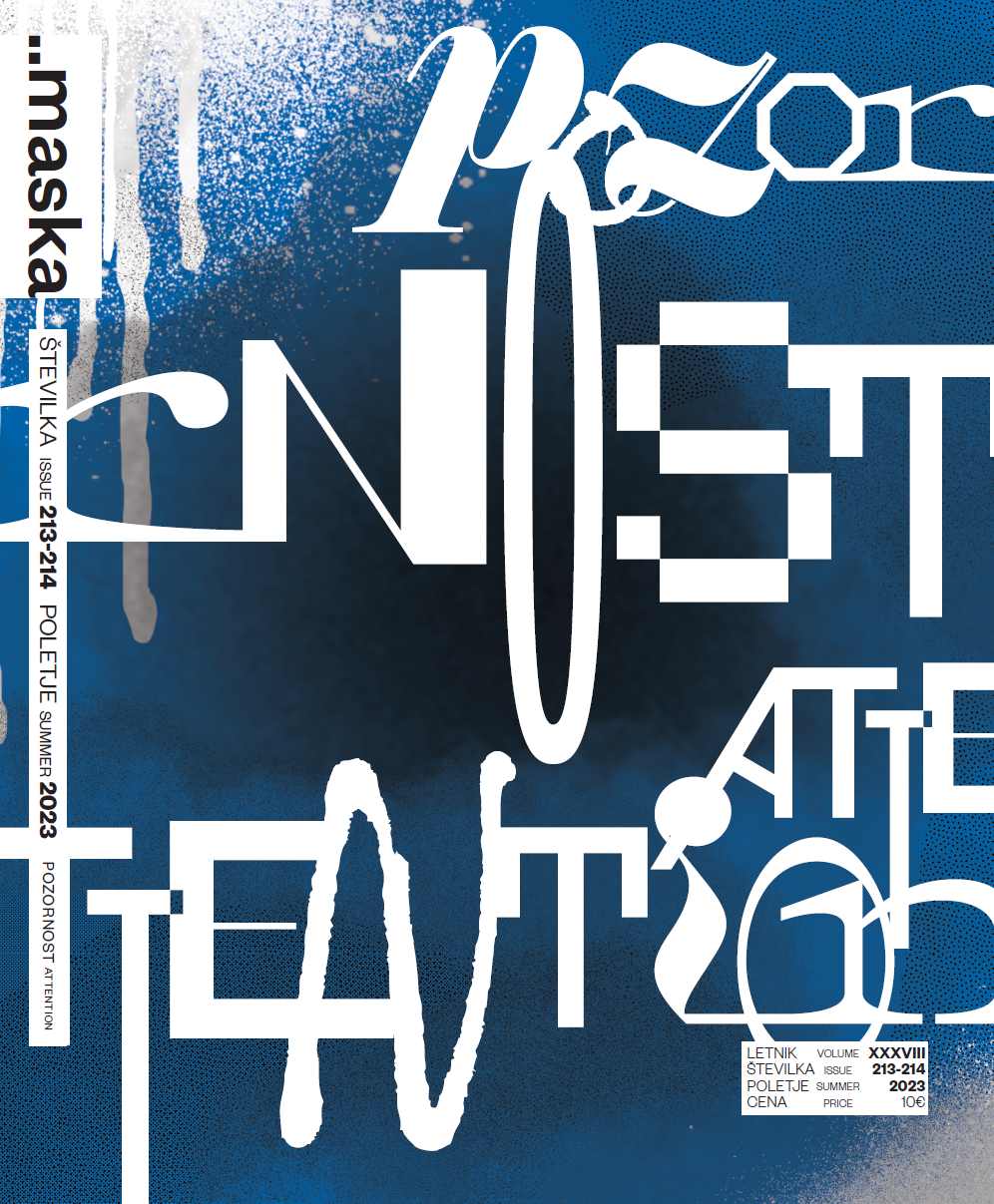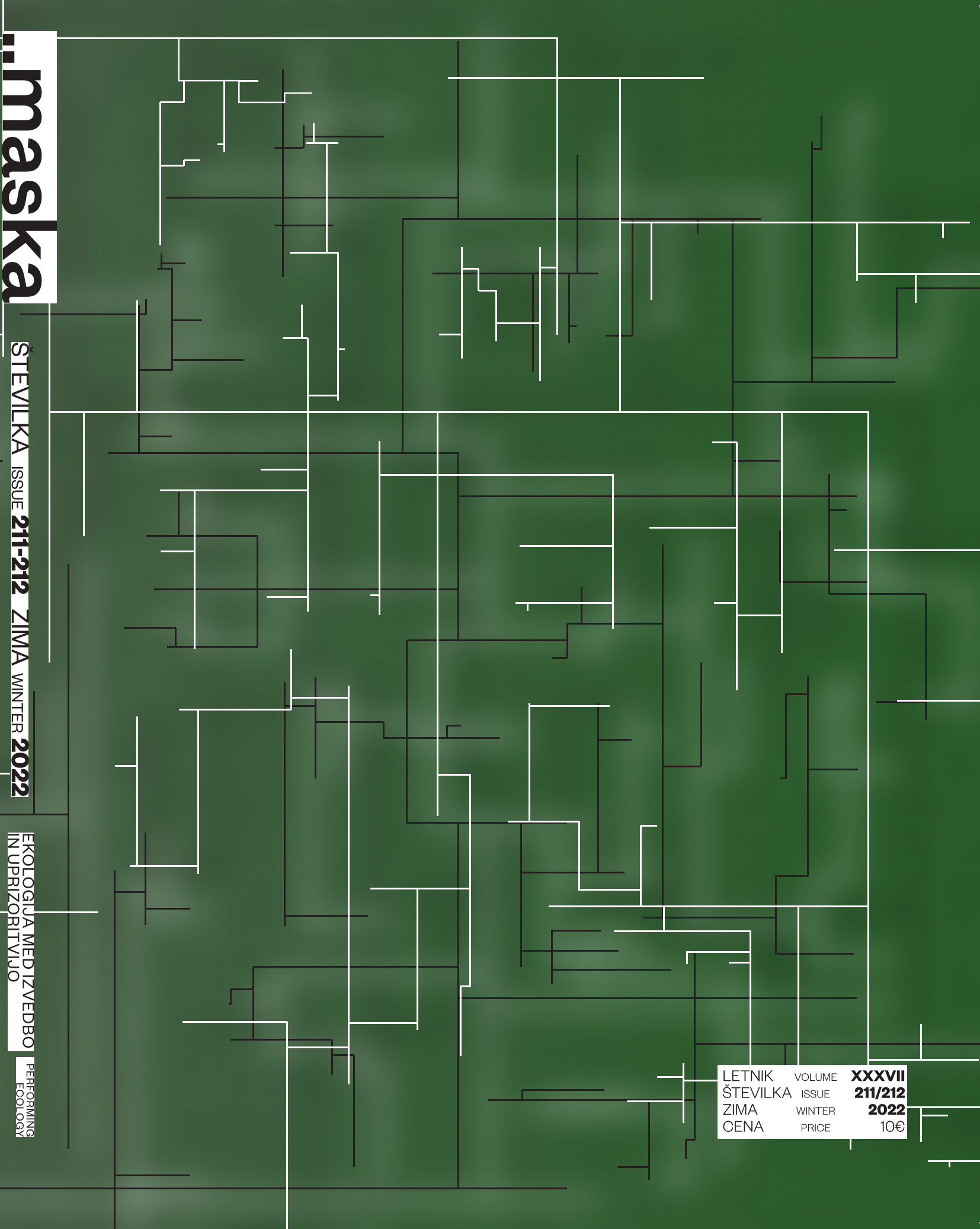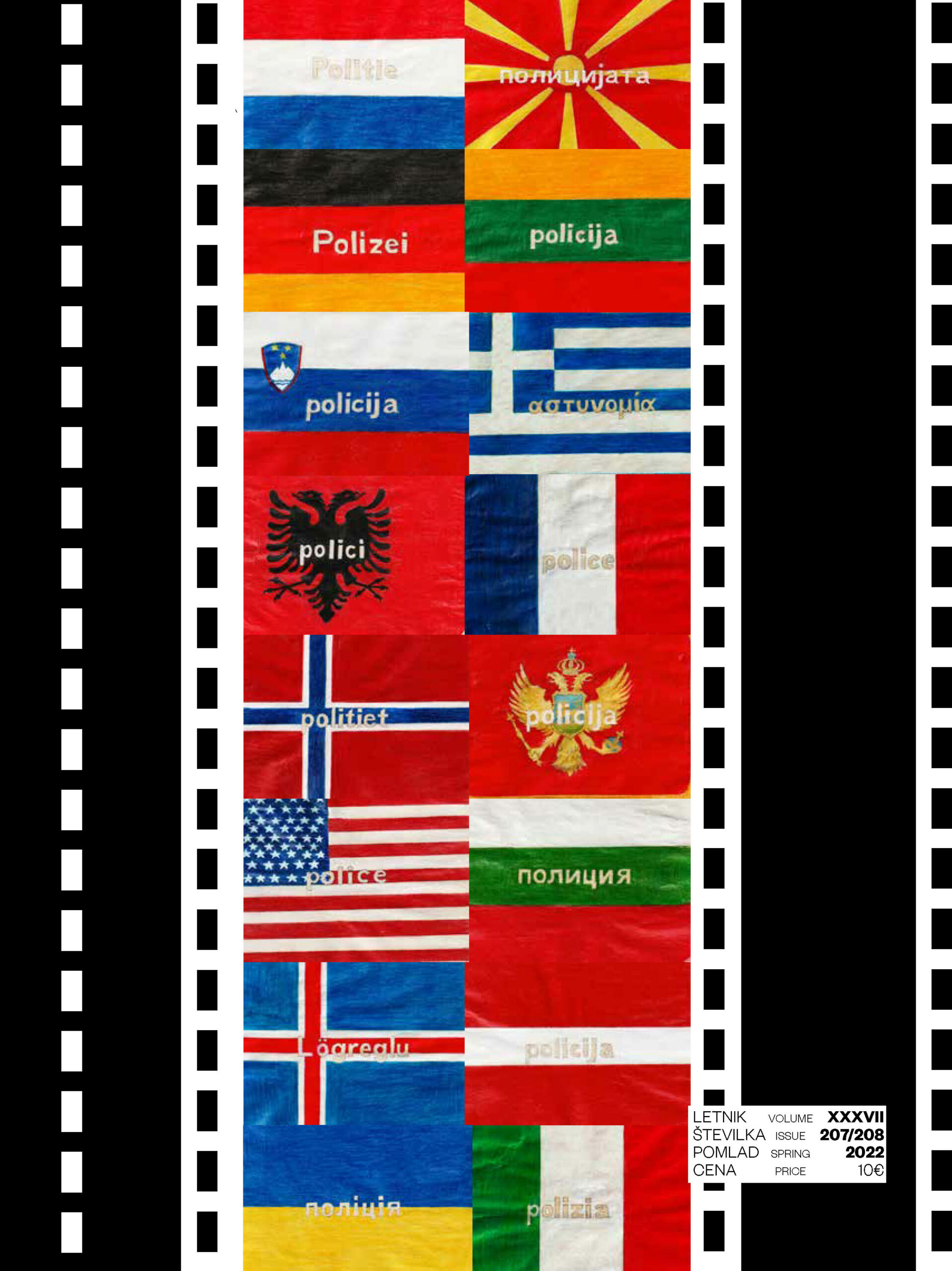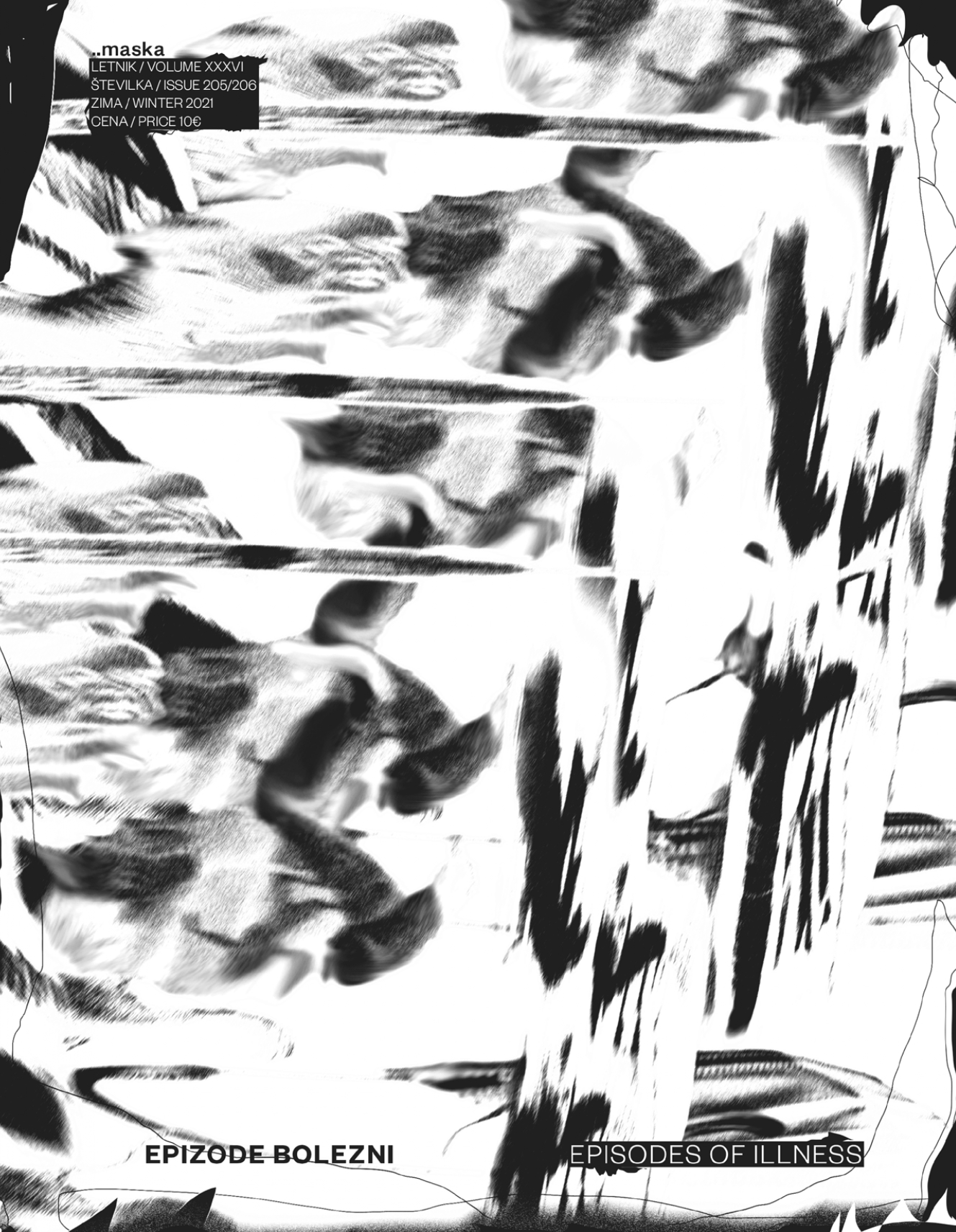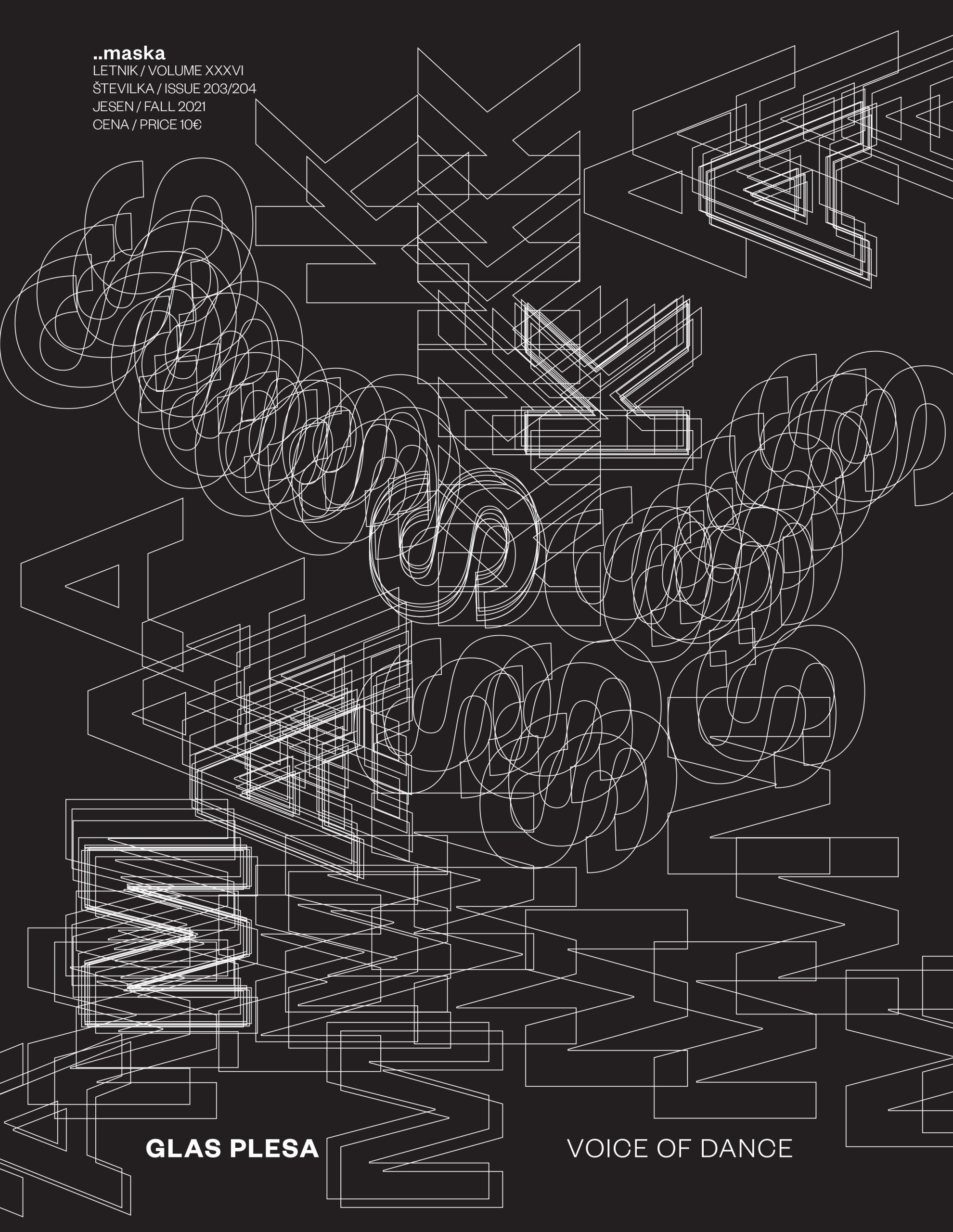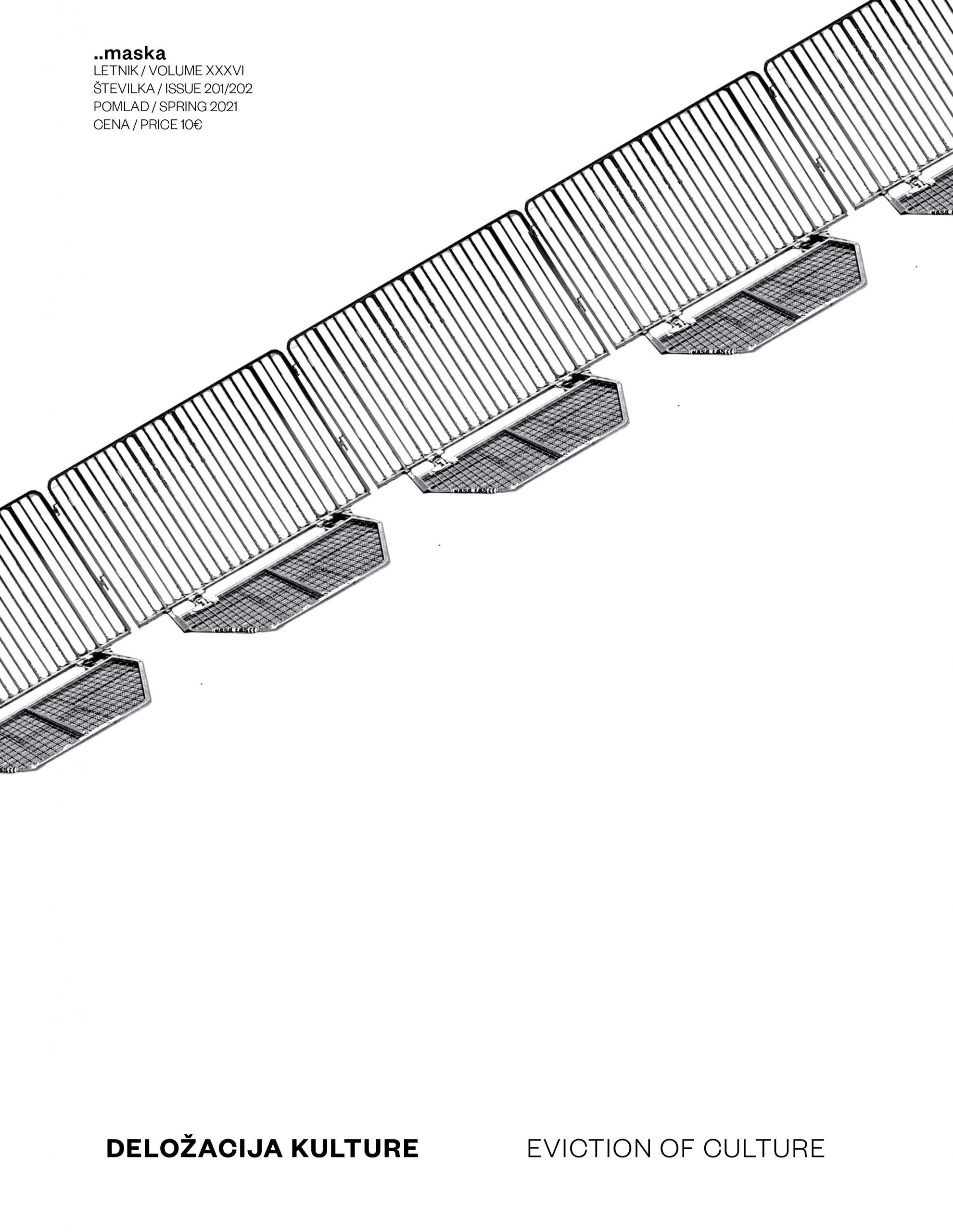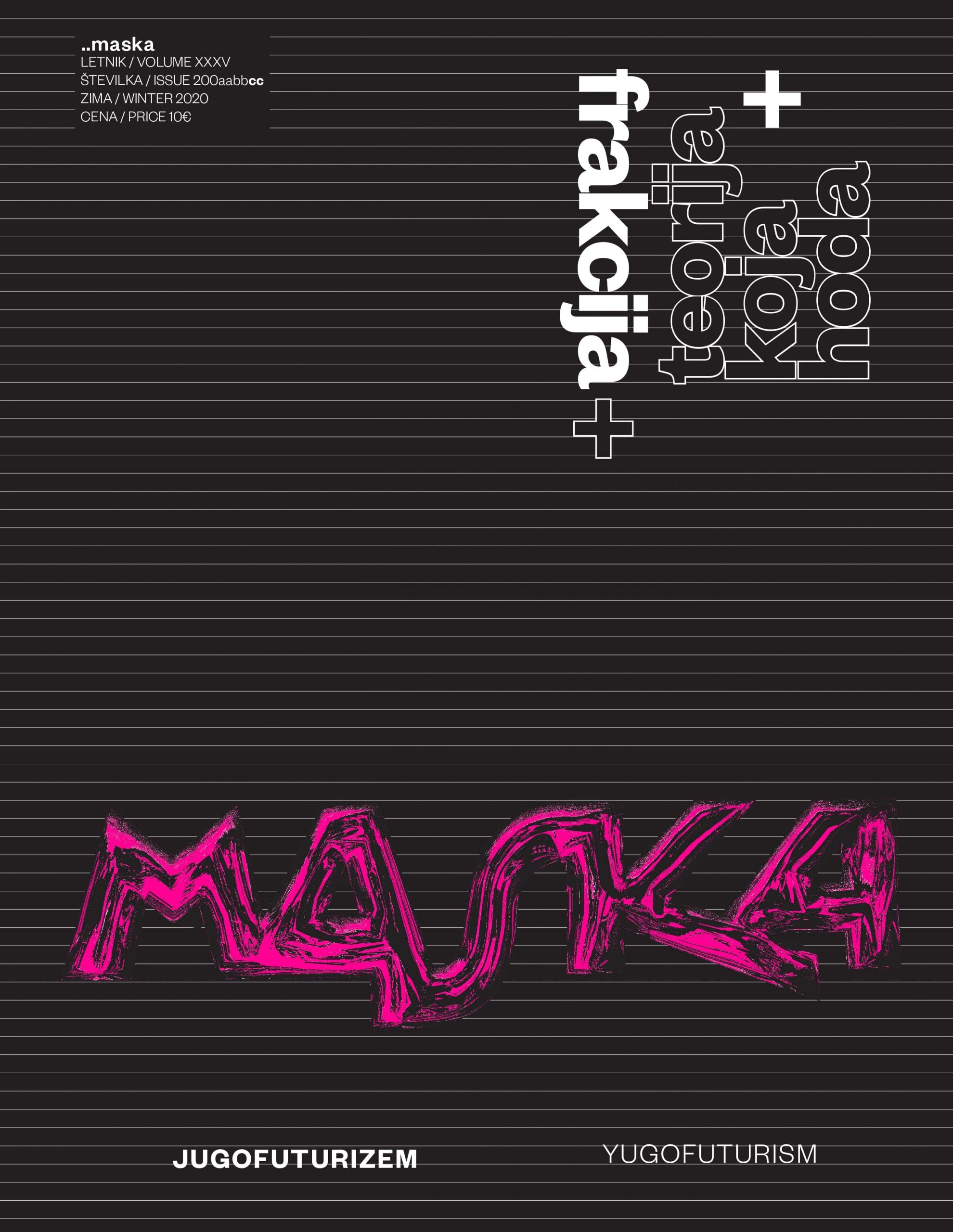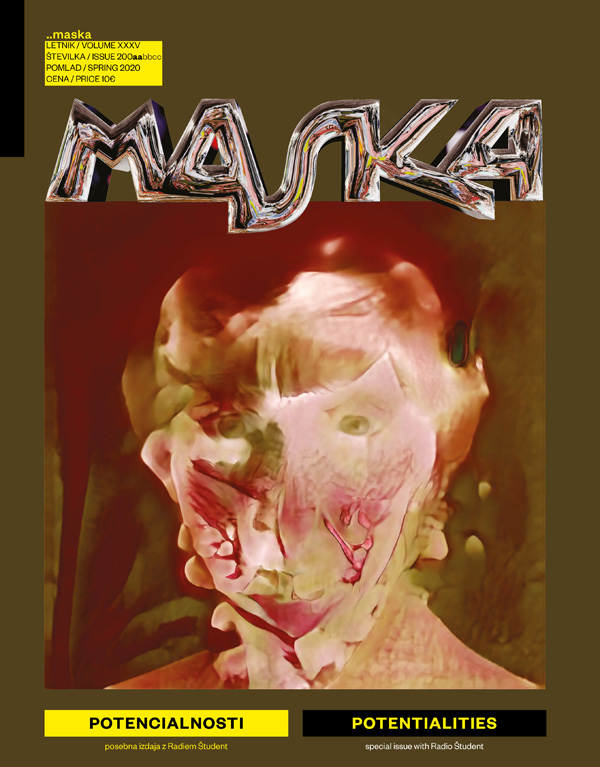For Whom?

The editor of the web portal www.neodvisni.art, who proposed the theme for the current issue, is also its co-editor together with the editor-in-chief of Maska magazine. This edition addresses the need to rethink the (nature of) creative labour in the field of performing arts because artists’ as well as critics’ and (semi-)professional viewers’ creative outputs often seem extremely obscure or even inaccessible to “outsiders.” It may even appear to many that one is required to possess a particular kind of sensibility if they want to be involved in contemporary performing arts practices – in layman’s terms we often equate this with specific “knowledge” or “understanding,” or even “the way / how we watch”; namely, certain (artistic) practices make no sense to an untrained gaze that doesn’t understand them, so this sensibility seems indispensable in processing such practices to prevent a barricade of anticipated rejection or exclusion as a response to misunderstanding. Is there a key, which grants access to work in the arts sector and what is its nature? Is it (simply) a matter of choosing or do you actually have to belong to a certain social class to (gain) access to it, which means that your pedigree and background make it either easier or more difficult to be part of it? Who are we, the people engaged in creative arts work, and who is our audience, who are we creating for?
Volume XXXIX., issue 220—221 (Autumn 2024)
Editor: Pia Brezavšček
Guest co-editor: Maša Radi Buh
Publisher: Maska
Design and layout: Niko Lapkovski
We pose these introspective questions at the intersection of demoralising social conditions of the last decade or so that deepen and intensify social inequalities, but aren’t strictly economy-related. Questions raised also address cultural policies applied at the level of state governance where issues of accessibility and diversity are dealt with partially and separately, and as such remain inadequate in designing an integral approach to handling issues related to this edition’s main topic – for whom? Are artists and cultural workers themselves (exclusively) responsible for communication, for igniting the sparkle, generating discourse, “educating the public”? Is one’s artistic drive thus aimed exclusively at realising one’s own potential, searching for and enforcing one’s authentic voice within a crowd of other neoliberal subjects, who make the same effort, or is it perhaps “brutally optimistic” and set towards building some sort of a utopian creation, engaged in the idea of the common(s)? Why do we participate in artistic endeavours, who are we and what are our blind spots, when engaging in such ventures? Can anyone feel this particular kind of gratification we feel when we do what we do, and if not, why not?
Do we actually believe in the utopia of community that is implemented while we engage in – either watching or creating – the arts, or is this just some kind of escapism? Is the artistic community closed off from the rest of society, and if so is it possible to break down these walls? Is one’s creative work (solely) intended for the purpose of the artist’s gratification or should it resonate more broadly, with other people too, in order to make sense?
How do we convince a community or an audience that an artwork has (any) value, when we are not even able to ignite the spark of curiosity in professional artistic circles themselves because everyone is too busy with their own artistic projects and lives? Regarding social class shame, be it our own or someone else’s – what are our own vantage points, how do we make others aware of it and what exactly should we do with it?
Together with authors and conversationalists who participated in this issue, we are asking these (and other) questions, we are looking for answers, but most of all we are hoping that you will see these deliberations as our common problems.
Theatrologist and critic Zala Dobovšek contemplates a bitter relationship between her recently acquired gainful employment at the Academy and her social class background that she’s hidden from others for a very long time; she uses her personal experience to think about and question the manifestations of classicism in the field of performing arts and how it defines all our activities, one way or another. One example is the (im)possibility to access and enter places of artistic activity; poetess Kaja Teržan, who used to be a contemporary dance artist and was absent from the field for a long time, returns to the scene by visiting two main theatre festivals, which she meticulously observes in order to share her fresh, unburdened yet uncompromising impressions with our readers. Chrys Papaioannou, a theorist who participates in contact improvisation jams, contemplates the (in)accessibility and the myth regarding the democratic nature of these practices, particularly the mysterious placement in between its usefulness for neoliberal subject’s self-realisation and the utopian potential for building a community. Oda Brekke writes about her dance community in Sweden, analysing the erosion of the very context that could help establish the commons and a feeling of community within the non-institutional arts scene, in order to provide a sense of meaningfulness to the proverbially hermetic creative work of artists in the field of dance, who oftentimes close themselves off from the rest of the world during their creative process; she offers practical examples and describes ongoing initiatives, which persist in their efforts aimed at creating conditions that enable exchange and sharing of knowledge and ideas. Last but not least, this edition features our permanent section Neodvisni (Independent) and rounds off with an interview by Slovenian choreographer Andreja Rauch Podrzavnik with legendary improviser Julyen Hamilton, conducted during their collaboration in the production Neuokvirjen čas (A Scoreless Time), which premiered in Slovenia last Spring. One of the topics of their conversation, among other things, were the flow and the stutter that arise from the relationship between (performing) the work and how the audience receives it.
For whom indeed?
Dear reader, this edition is – for you.
Maša Radi Buh and Pia Brezavšček



